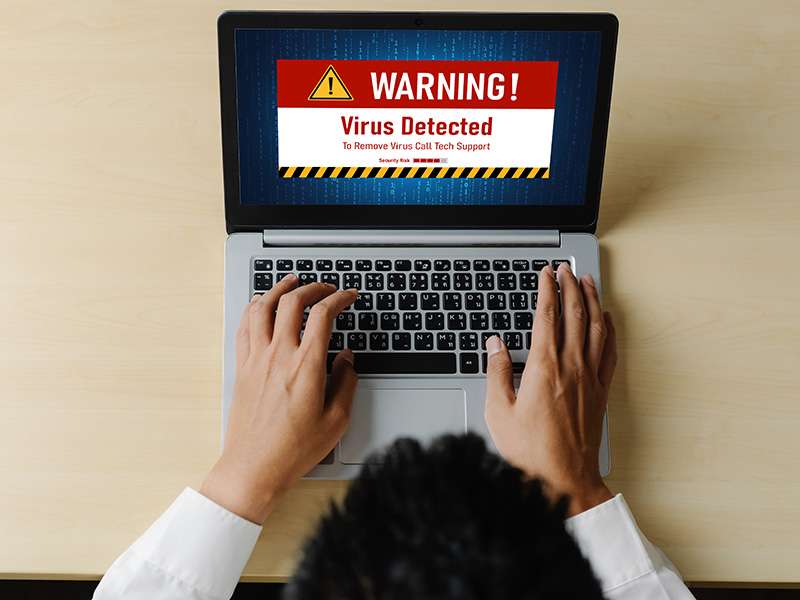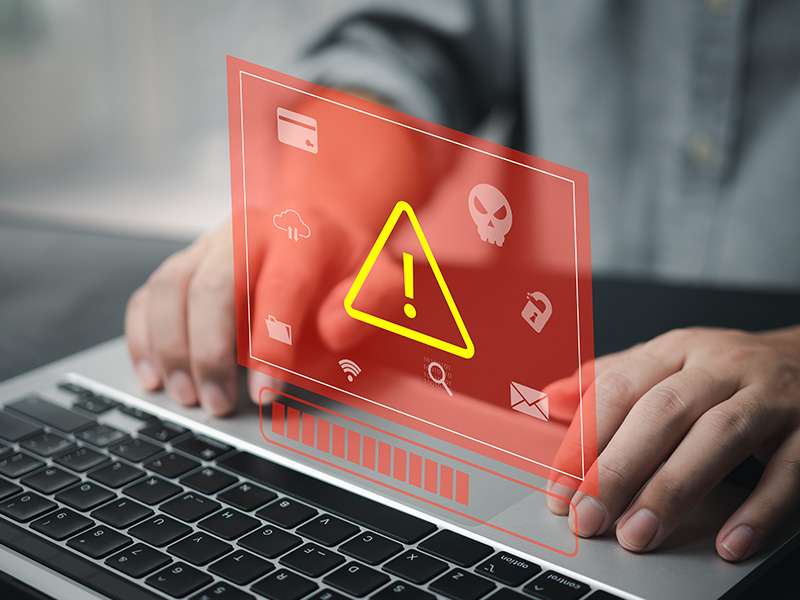IT Security Services
IT security refers to the measures put in place to protect computer systems, networks, and data from unauthorized access, use, theft, or damage. This includes physical security, such as restricting access to servers and data centers, as well as software and network security, such as firewalls, antivirus software, and encryption. IT security is critical in preventing data breaches, identity theft, and cyber attacks that can cause significant harm to individuals and organizations. It involves continuous monitoring, testing, and updating of security systems to stay ahead of new threats and vulnerabilities.

Cyber Security
Cybersecurity refers to the practice of protecting computer systems, networks, devices, and data from unauthorized access, theft, damage, or disruption. Cybersecurity includes a range of technologies, processes, and practices that are designed to safeguard sensitive information and assets from cyber threats such as hacking, malware, phishing, and denial-of-service attacks. Effective cybersecurity requires a proactive approach that includes threat intelligence, risk assessment, vulnerability management, and incident response. Cybersecurity also involves educating users and promoting security awareness to mitigate the risks associated with human error and social engineering attacks. Cybersecurity is critical for protecting the confidentiality, integrity, and availability of information and systems, as well as for complying with legal and regulatory requirements. As cyber threats continue to evolve and become more sophisticated, organizations must remain vigilant and continually adapt their cybersecurity strategies to mitigate new and emerging risks.

Firewall Security
A firewall is a network security system designed to control and monitor incoming and outgoing network traffic based on a set of predetermined security rules. Firewalls act as a barrier between an organization’s internal network and the external internet or other untrusted networks, helping to prevent unauthorized access, malware infections, and other cyber threats. Firewalls can be hardware or software-based, and can be configured to filter traffic based on various criteria, including IP address, port number, protocol, and application. Firewalls can also be configured to allow or block specific types of traffic, such as email, web traffic, or file sharing. Advanced firewalls may also include additional security features such as intrusion detection and prevention, VPN connectivity, and application control. Effective firewall security requires a thorough understanding of an organization’s network infrastructure and traffic patterns, as well as the ability to customize firewall rules and policies to meet specific security requirements.

Patch Management
IT software patching is the process of updating software applications and operating systems with the latest security patches, bug fixes, and other updates released by software vendors. Patching is a critical element of IT security, as software vulnerabilities can be exploited by attackers to gain unauthorized access to systems or steal sensitive data. IT software patching can be done manually or through automated patch management tools that can scan networks for vulnerable systems and apply patches on a regular schedule. Patching can be done on-premise or in the cloud, depending on the location of the software application or system being patched. Effective IT software patching requires a well-defined patch management process that includes testing patches before deployment to ensure that they do not break other systems or applications. Regular software patching is critical to maintaining the security, stability, and reliability of IT systems and should be included as part of an organization’s overall IT security strategy..

Virus & Malware Protection
Virus and malware protection refers to the use of software tools and techniques to prevent, detect, and remove viruses, malware, and other malicious software from computer systems and networks. Viruses and malware are a significant threat to the security of computer systems, and can cause a range of damage, including data theft, system corruption, and service disruption. Virus and malware protection includes several strategies, including antivirus software, firewalls, intrusion detection and prevention, and malware analysis. Antivirus software scans files and programs for signs of malicious code, and can automatically remove or quarantine infected files. Firewalls can block malicious traffic from entering the network, while intrusion detection and prevention systems can detect and block attempts to exploit system vulnerabilities. Malware analysis involves examining the characteristics and behavior of malware to identify and mitigate threats. Effective virus and malware protection requires a combination of technology, training, and best practices to protect systems from evolving threats. Organizations must remain vigilant and continually update their virus and malware protection strategies to keep pace with new and emerging threats.

Penetration Testing
Penetration testing, also known as pen testing or ethical hacking, is a security testing methodology that involves simulating real-world attacks against an organization’s IT infrastructure to identify vulnerabilities and weaknesses that could be exploited by attackers. Penetration testing provides several benefits, including identifying security weaknesses and vulnerabilities that could be exploited by attackers, validating the effectiveness of security controls, and providing recommendations for improving security posture. Penetration testing can also help organizations comply with legal and regulatory requirements, such as those related to data privacy and cybersecurity. By identifying security gaps and vulnerabilities, penetration testing helps organizations take a proactive approach to security, enabling them to fix vulnerabilities before they are exploited by attackers. Penetration testing also provides valuable insights into the effectiveness of an organization’s security strategy and helps prioritize investments in security technology and processes. Overall, penetration testing is a critical component of an organization’s security strategy and can help improve the overall security posture of the organization.
